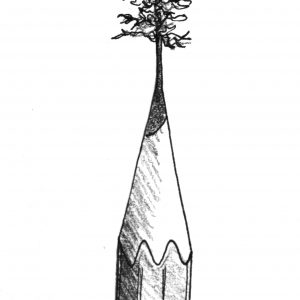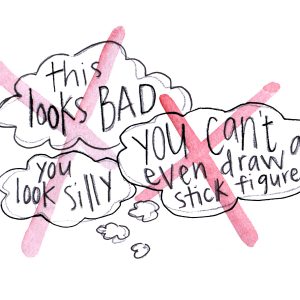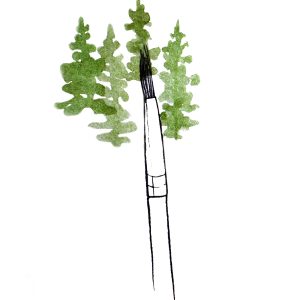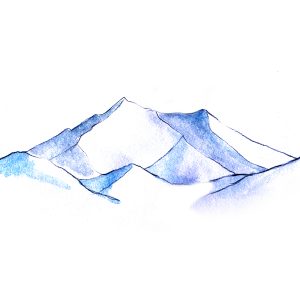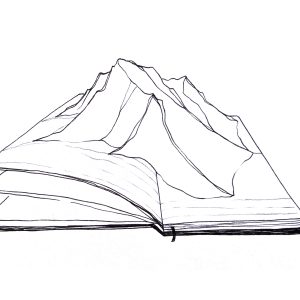”En plein air,” a French phrase that simply means “outdoors,” is also a term for the act of painting out in nature. To me, plein air means submersing myself in the outdoors and always adventuring with my sketchbook and tools in my backpack. While living in Colorado, my pack of painting gear has seen multiple fourteener peaks, bluebird skies and plenty of backpacking campfires. However, these landscapes are the most valued part of my creative process, so to protect them, I am constantly mindful of my supplies. We should all be following the Leave No Trace principles when outdoors, but it is crucial for artists to make sure their art supplies are not harmful to the environment.
Creating a painting or sketch en plein air is such an incredible way to experience the outdoors, but you don’t have to be an artist to do it. If you’ve ever found yourself yearning to capture the feeling you get in nature, this supply list and a few painting tips will have you ready to create consciously in the outdoors in no time.
Supplies + Packing List:
Start simple with a sketchbook and pencil. Want to add color? Watercolor paints are excellent for the backcountry due to their lightweight nature and quick dry time.
- Sketchbook (If you don’t want to bring a sketchbook, place a piece of watercolor paper onto a hard surface using masking tape, which will give you a great painting surface.)
- Pencils
- Don’t forget your pencil sharpener! Make sure it has a lid to catch all of your shavings to throw away at home.
- Paintbrushes
- Pens
- Small watercolor set
- Mason jar with lid
- Baggie with a paper towel
*Note: I keep all of my materials in a canvas zip bag, which goes into a dry sack with my sketchbooks. This helps provides some extra protection on adventures.
Painting Tips For Getting Started
Four-year-old you didn’t care about what your art looked like and neither should grown-up you. The goal is to experience your surroundings through the act of creating. Start with that and see where your creativity takes you.
Use your pencil to quickly sketch in some key areas. Whether you’re looking at a landscape or peering close up at a pinecone, draw what sticks out to you the most.
Using watercolor does take some practice. Start by dipping your brush into your water, then activating the paint with the wet brush. If you’re painting mountains, I recommend adding the shadows in first.
Your paintbrush is naturally great at details. Use the tip of the brush to make brushstrokes that look like trees!
Leave No Trace
Your dirty water and paper towels need to be packed out. Use a water jar with a lid or pour your used painting water into an empty bottle to cap and pack out.
Another great medium for the backcountry are water pens! These pens hold the water in the brush handle and are great for artists getting started.
Finally, always remember the act of creating takes time and patience for the process. Painting is very similar to hiking. It’s never only about the endpoint, but the adventure you took to get there. Where will your creative process take you? Wherever it is, you’ll be protecting it by being a conscious, Leave No Trace artist!
Illustrations by Andrea Slusarski.
This article was originally published in RANGE Magazine Issue Eight.


